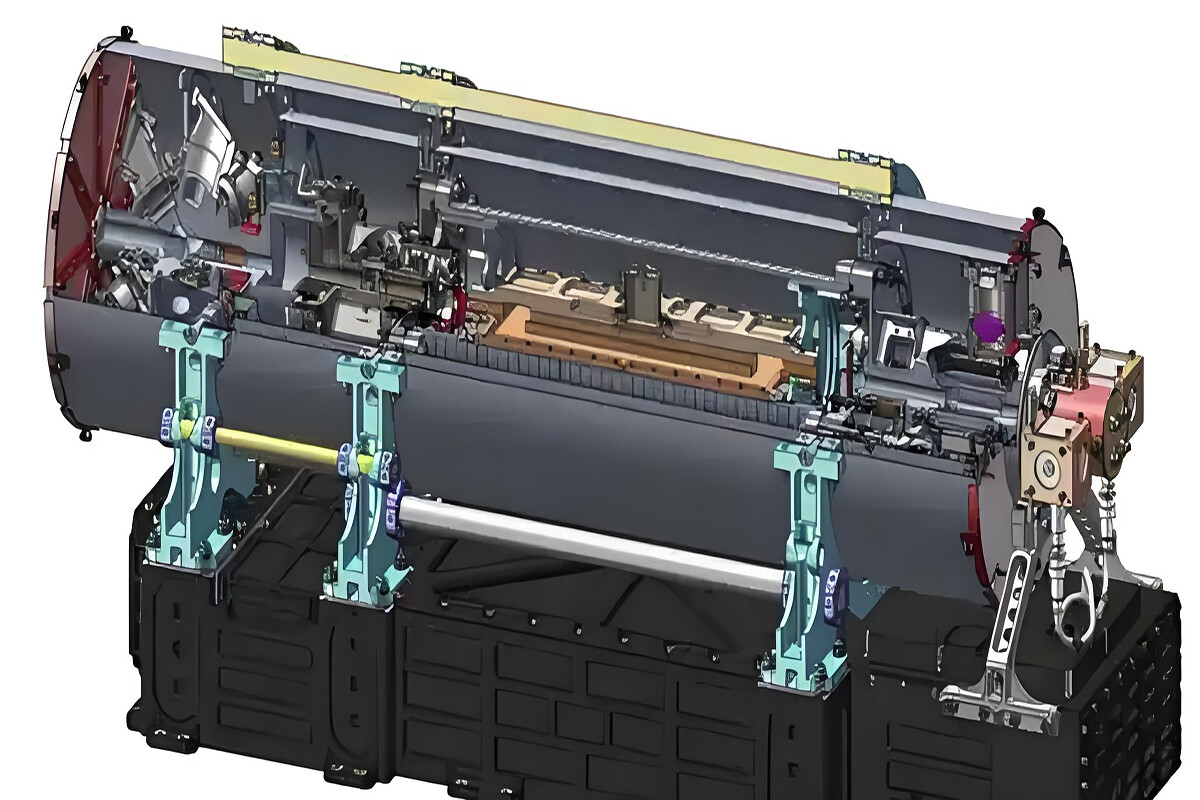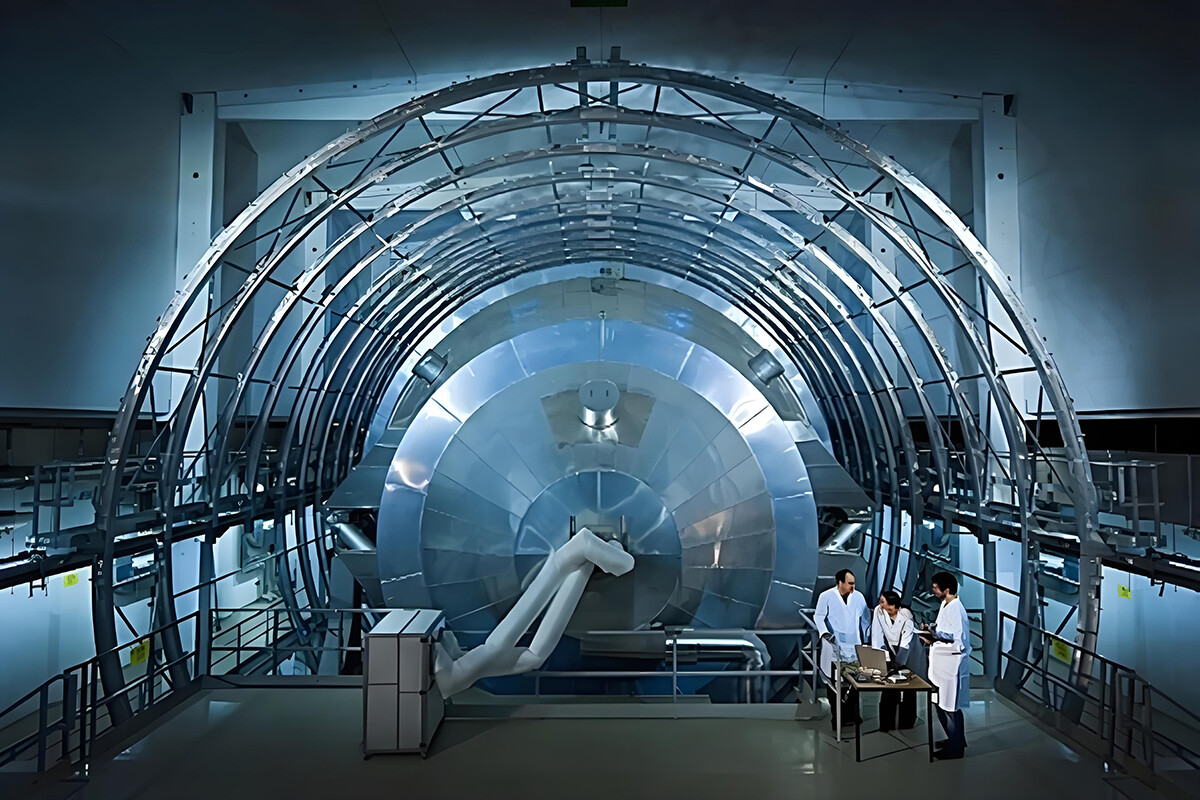RELATED
MESSAGE
The Precision Time Protocol (PTP) is a protocol used to achieve high-precision time synchronization in a network. The following is a detailed introduction to it:
Definition and Background
PTP was originally developed by the Institute of Electrical and Electronics Engineers (IEEE), and the standard is IEEE 1588. Its purpose is to meet the needs of fields with extremely high requirements for time synchronization accuracy, such as industrial automation, telecommunications, and power systems.
Working Principle
Master-Slave Clock Architecture: PTP adopts a master-slave clock architecture. In the network, there is one master clock and multiple slave clocks. The master clock serves as the time reference and sends time synchronization messages to the slave clocks. The slave clocks adjust their own time according to these messages to stay synchronized with the master clock.
Timestamp Mechanism: During the communication process, time synchronization between the master and slave clocks is achieved by exchanging messages with timestamps. These timestamps record the exact moments when the messages are sent and received. By calculating the transmission delay of the messages in the network and the time deviation between the master and slave clocks, the slave clocks can accurately adjust their own time.
Key Features
High-Precision Synchronization: It can achieve sub-microsecond or even higher-precision time synchronization, meeting various application scenarios with strict requirements for time accuracy.
Support for Multiple Network Topologies: It can adapt to various network topologies such as star, tree, and ring, and has strong flexibility and adaptability.
Automatic Compensation for Network Delay: PTP can automatically measure and compensate for the impact of network transmission delay. Even in complex and variable network conditions, it can ensure the accuracy of time synchronization.
Application Areas
Industrial Automation: On industrial production lines, various devices require precise time synchronization to coordinate their work to ensure the accuracy and stability of the production process. For example, in an automobile manufacturing factory, the movements of robots, the transmission speed of the production line, etc., all require precise time control. PTP can provide high-precision time synchronization services for these devices.
Power System: Applications such as relay protection, fault location, and power grid dispatching in the power system have strict requirements for time synchronization. Precise time synchronization helps accurately record the occurrence time of events in the power system and improves the reliability and safety of power grid operation.
Telecommunication Network: In a telecommunication network, precise time synchronization between base stations is required to ensure the accurate transmission and handover of signals, so as to improve communication quality and system performance. For example, technologies such as Massive Multiple-Input Multiple-Output (MIMO) and beamforming in 5G networks rely on high-precision time synchronization.
CONTACT US
Please use the form below to get in touch.
If you need a reply we will get in touch as soon as possible.





